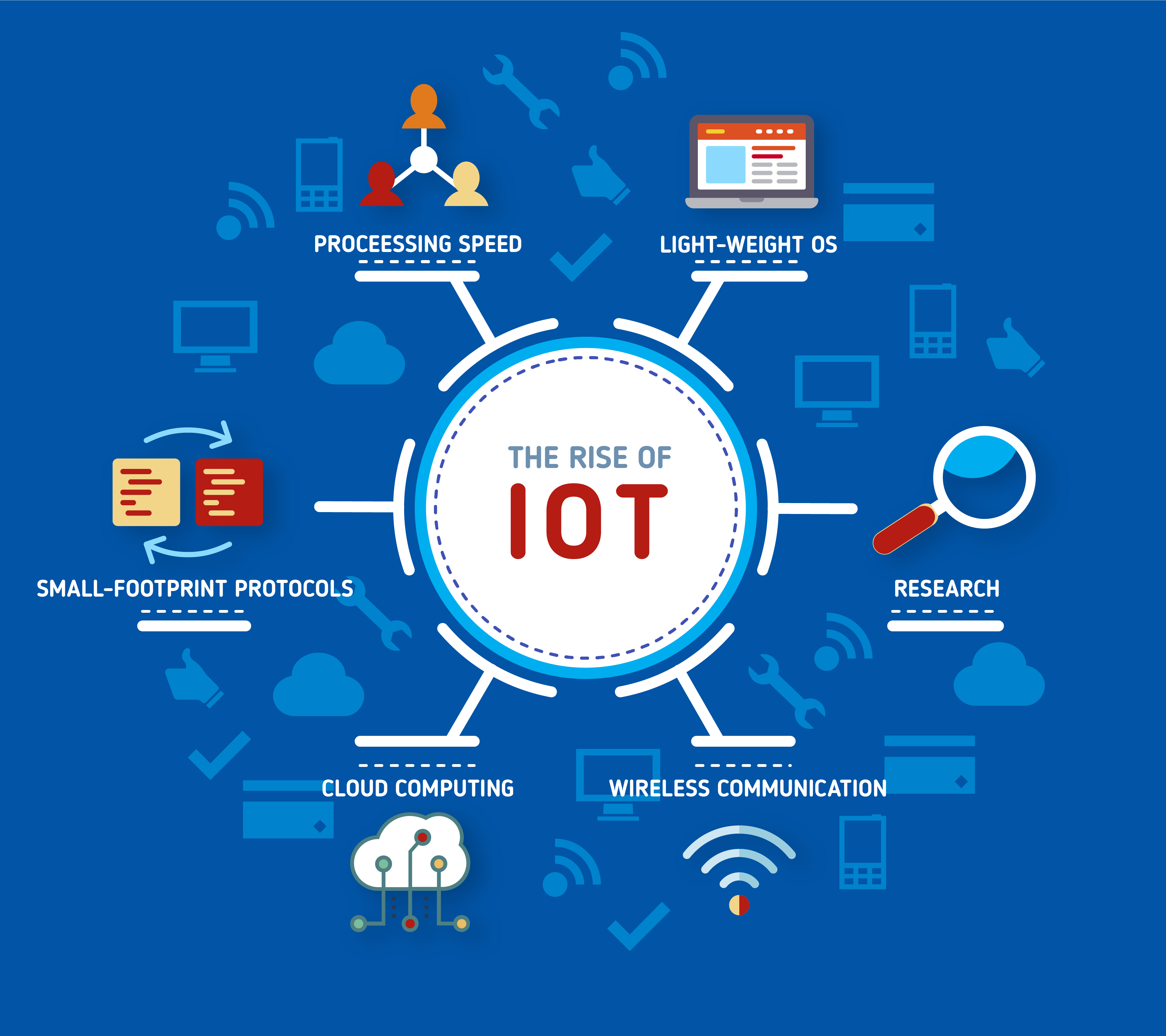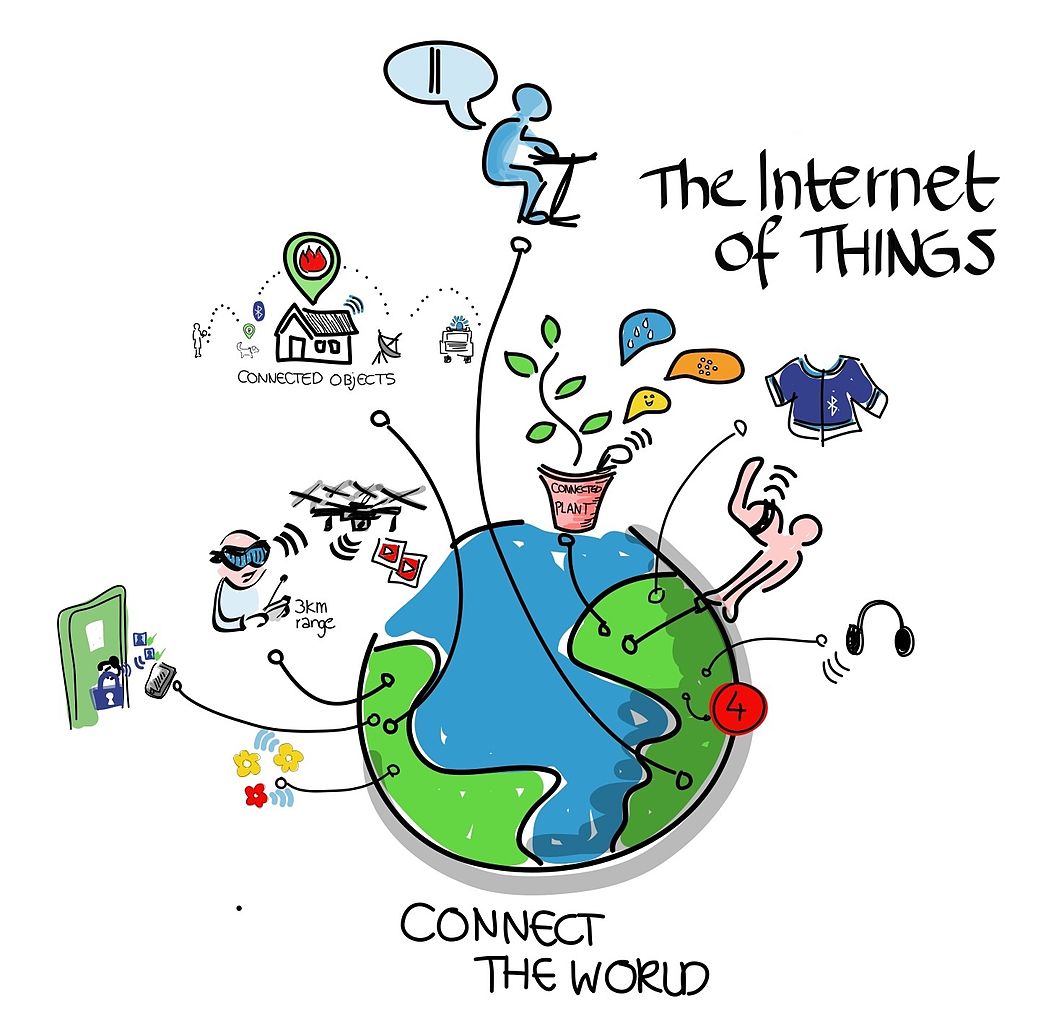5 technologies that use the internet of things

The internet is abuzz with talk of a technological revolution that promises to change the way we live, work and communicate. We are talking about the Internet of Things or IoT, a network of devices that are interconnected and exchange data with each other. Imagine waking up to a thermostat that has automatically adjusted the temperature of your home according to your preferences, or a smart fridge that has ordered groceries for you based on your shopping habits – all of these are made possible by IoT.
The Impact of IoT on Society
With the rise of IoT, we can expect a multitude of changes to occur in the world around us. For one, we can expect to see an increase in efficiency in our homes, workplaces and even cities. With the help of IoT devices, we would be able to optimize the use of resources such as energy and water, thus reducing waste and saving money.
In addition, IoT can be used in various industries such as healthcare and agriculture, where it can be used to monitor crops or patients remotely. In the healthcare industry, for instance, wearable technology and other devices can not only monitor patients’ vitals but can also administer medication or alert medical personnel in the event of an emergency. This means that people in remote areas or with limited access to medical facilities can still receive appropriate care.
Another way IoT can improve our lives is by providing new opportunities in education and workplace training. For example, virtual reality technology can be used to simulate real-life situations and provide practical training for workers. IoT can also be used in online classrooms to provide a more interactive and personalized learning experience for students.
Challenges and Concerns
While IoT promises many benefits, it also raises concerns about privacy and security. IoT devices collect and transmit large amounts of data, and the more devices that are connected, the greater the risk of a data breach or cyber-attack.
In addition to security concerns, there are also questions around the ethical implications of IoT. For example, who owns the data that IoT devices collect? What are the implications of using this data for business or surveillance purposes? As IoT becomes more pervasive, these questions will become increasingly important to tackle.
Real-Life Examples
The Smart Home
One area where IoT has already made its presence felt is in the home. Smart homes are becoming increasingly popular, with homeowners using IoT devices to monitor and control various aspects of their homes. For example, smart thermostats can adjust the temperature based on your preferences and habits, while smart security systems can monitor your home and alert you in the event of a break-in.
Smart lighting systems can also be controlled remotely, which means you can turn lights off or on from anywhere in the world. This can not only help you save energy but can also provide an added layer of security, making it appear as though someone is home even when they are not.
The Healthcare Industry
The healthcare industry is another sector that has embraced IoT technology. Wearable technology such as fitness trackers and smartwatches can monitor patients’ vital signs and offer insights into their health. In addition, IoT sensors can be used in hospitals to track everything from medication usage to patient wait times. This helps staff to identify areas where improvements can be made, thus increasing efficiency and streamlining processes.
One healthcare provider that has embraced IoT is St. Luke’s University Health Network in Pennsylvania, which has implemented cutting-edge technology to improve patient care. The hospital has introduced a mobile app that allows patients to keep track of their health data and communicate with their doctors. In addition, IoT sensors have been installed in patient rooms to monitor vitals and other health information.
Transportation
Finally, the transportation industry is another sector that has benefited from IoT technology. Self-driving cars are a prime example of IoT in action, as they use sensors and other technology to navigate the roads and avoid collisions. This has the potential to not only reduce traffic accidents but also improve traffic flow and reduce congestion on busy roads.
In addition, IoT-enabled public transportation systems can provide real-time data on schedules and delays, which can help people plan their journeys more efficiently. IoT technology can also help to optimize the use of transportation resources, such as buses and trains, which can reduce emissions and improve air quality.
Conclusion
In conclusion, IoT is a game-changer that has the potential to revolutionize the way we interact with our environment, from our homes to our workplaces, our healthcare systems and beyond. While there are concerns around security, privacy and ethical implications, these issues can be addressed as IoT becomes more prevalent. The future of IoT is exciting, and we cannot wait to see what it has in store for us.

Source image : inixindojogja.co.id

Source image : helenbrowngroup.com

Source image : ifitechno.com





